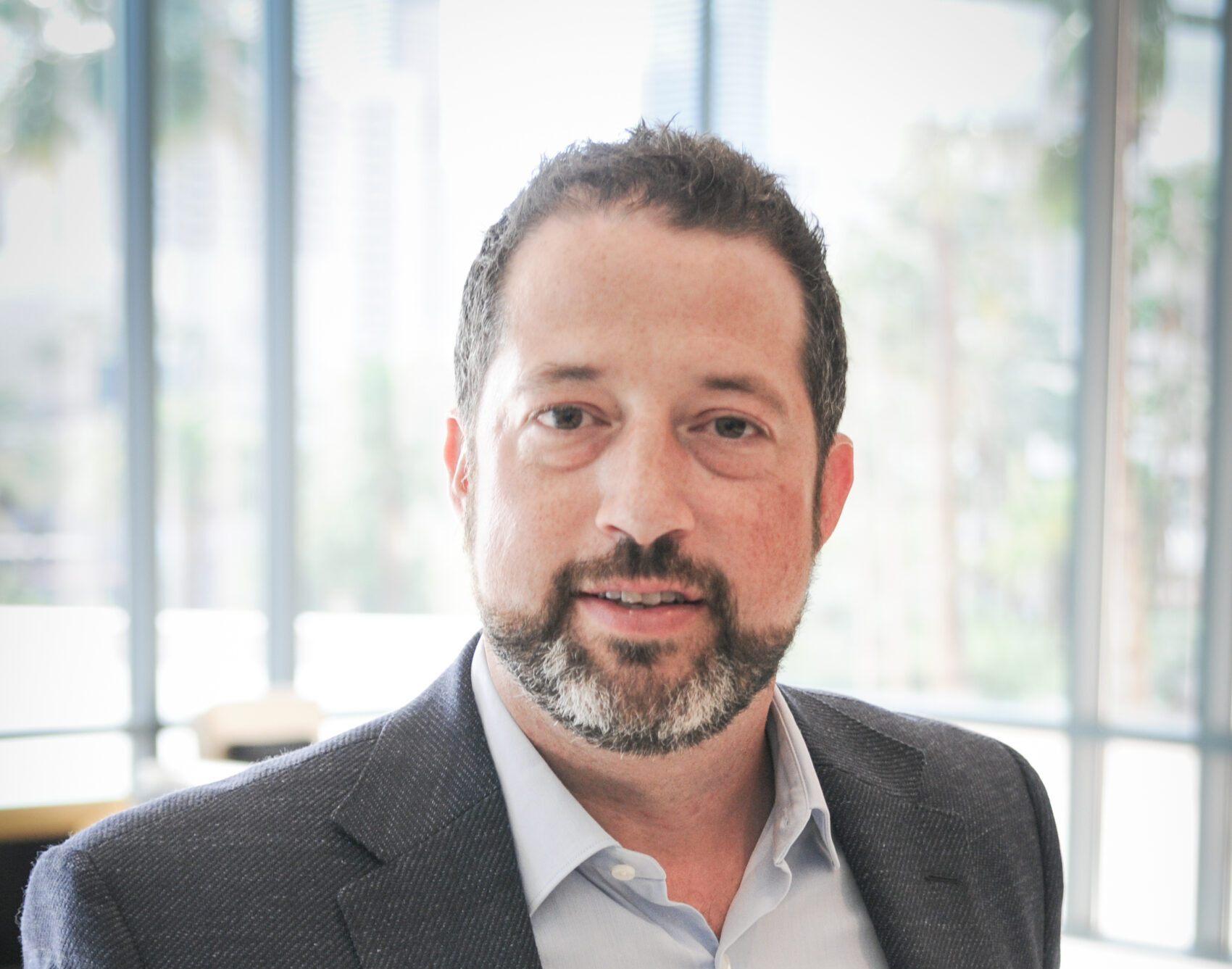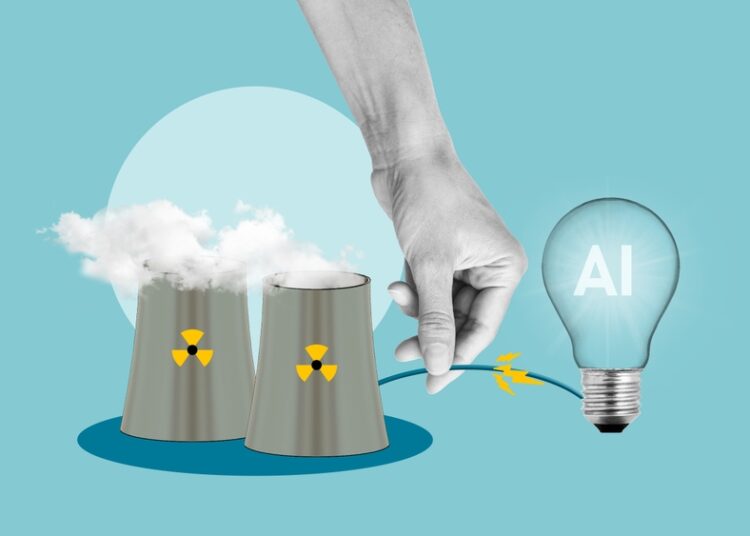Nutanix announced the Nutanix Carbon and Power Estimator, a new tool to help organisations understand how different factors can influence their environmental footprint by estimating annual power and emissions for various Nutanix solutions using Nutanix Validated Designs. Nutanix software and solutions can help organisations meet power and carbon goals by optimising IT infrastructure through reduced footprint, on-demand resource scaling, and fast and easy workload movement between on-prem and cloud options.
According to the 5th Annual Enterprise Cloud Index, for 92% of IT decision makers sustainability is more important today than it was a year ago — a development driven by an increasing number of pending and imposed regulations globally that add to the heightened interest in this space. As sustainability comes into view for many enterprises, they seek strategies to reduce their environmental impact. One of the first facets of the business that leaders evaluate when looking to minimise environmental impact is IT, where changes in equipment or practices have the potential to make significant impacts when it comes to energy consumption and emissions.
The Nutanix Carbon and Power Estimator provides users with a report that helps illustrate how infrastructure choices can impact an environmental footprint with regard to power and emissions, with insights for developing more sustainable IT strategies. Based on user inputs regarding workloads, the efficiency of the data centre, and location, an organisation can conceptualise how IT choices can help them meet their sustainability goals.
“Understanding what drives carbon and power consumption is an important first step for many enterprises looking to advance on their sustainability journey,” said Sammy Zoghlami, SVP EMEA at Nutanix. “The Nutanix Carbon and Power Estimator can help enterprises take initiative by educating organisations on factors that can influence their environmental impact.”
The Nutanix Carbon and Power Estimator enables organisations to:
- Estimate the effects of different factors on power and emissions for Nutanix solutions. As an example, with the Nutanix Carbon and Power Estimator, a user could see that if an organisation deploys Nutanix Cloud Infrastructure for a general virtualisation use case with 300 virtual machines (VMs) in a U.K. data centre with a Power Usage Effectiveness (PUE) of 2.0, it would generate an estimated 68 metric tons of carbon dioxide (MTCO2) annually. If, on the other hand, the organisation was able to find a way to bring the data centre’s PUE down to 1.5, this change would reduce the emissions estimate by 17 MTCO2 to 51 MTCO2.
- Account for geography, which can also play a major factor in sustainability. The Nutanix Carbon and Power Estimator demonstrates the impact of moving workloads to geographies that leverage low carbon sources for energy generation compared to fossil fuels, which have a higher carbon intensity. For example, if the same general virtualisation use case described above, with the reduced PUE of 1.5, were moved to a data centre in Sweden, then the estimated carbon emissions would drop from 51 MTCO2 to just two MTCO2. This is because Sweden leverages a relatively high share of low carbon energy sources to power its grids. The Nutanix Carbon and Power Estimator makes clear that migrating workloads can be a viable part of an organisation’s sustainability strategy.
- Compare power consumption of Nutanix’s hyper-converged infrastructure (HCI) and 3-Tier (SAN-based) infrastructure. After using the Estimator, users can download a report that highlights how eliminating proprietary SAN components can help reduce power consumption. Based on a third-party reviewed methodology, Nutanix HCI demonstrated significant power savings compared to 3-Tier solution with the ability to run a similar workload.
Because every customer configuration is unique, the Nutanix Carbon and Power Estimator provides typical estimates that are generalised to help customers develop sustainability strategies rather than to provide exact usage figures.
Simon Sowerby, Technical Services Coordinator, City of Unley shared: “Our previous three-tier system consisted of about ten racks of compute equipment, and we have been able to reduce that to a quarter rack. Our power expenses have come down about 70%, which is working out to tens of thousands of dollars – and 24,000kg of CO2 emissions – saved per year.” For more details, read the case study here.
Explore the Nutanix Carbon and Power Estimator here.










Discussion about this post